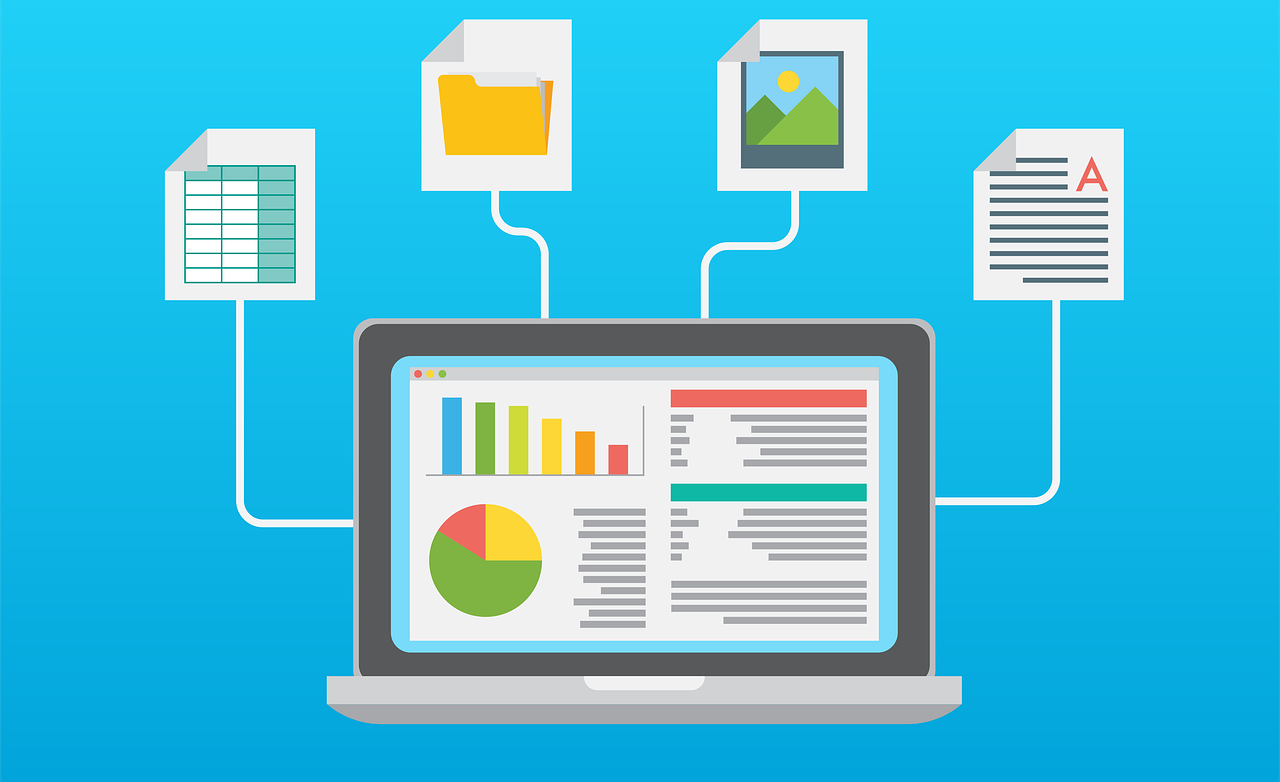Most agencies are sitting on a gold mine of data. But there’s so much of it, they can’t put the majority of it to work.
“Data is a precious asset,” said Tom Scurlock Regional Vice President of Public Sector with Qlik, a data and analytics company. “But that asset is only valuable if you can get to it,” he added. Agencies struggle, he said, “because the data is in far too many disparate systems for them to access it.”
Integration Is Key
Scurlock has found that agencies often spend 80% of their time preparing or connecting data, leaving only 20% for analysis and data-based decision-making. Through Qlik’s cloud-based solution, with thousands of connectors that link different types of sources, it’s possible for agencies to reverse that 80/20 ratio, he said, so more time is spent on useful action.
“Cloud brings together their data pipelines … [and] that really empowers their team to make data-driven decisions,” explained Scurlock. When data is integrated into a single, cohesive hub, agencies know better how to improve services.
Data Management Is Mission
Employees must be good stewards of public resources. If data is inaccurate, unsecured or incompatible with regulatory standards, the results could be disastrous.
For example, Scurlock said, how agencies handle medical supply chain data could impact public access to health care. Agencies should seek, in his words, “a safe and compliant cloud environment for them to innovate and act with purpose.”
A platform such as Qlik’s that democratizes data allows employees across the organization to use data to
inform their work. That eliminates guesswork, Scurlock said, and enables more specific, intentional agency efforts.
Upskill Data Teams
During data transformation, what’s paramount is who’s on the team, what skills they have and how prepared they are for change.
Teams will thrive, Scurlock said, when they have “a culture that embraces change to tackle future-oriented use cases with AI and machine learning, automation, predictive analytics and government self-service. … If they’re not ready to use those types of tools, then it’s going to be difficult to tackle use cases that are coming at them fast and furious.”
One of Qlik’s key features, he said, is built-in AI to support user discoveries, with auto-generated visualizations and narrative insights. The system can help employees expand their skills and work with more datasets in real time.
Think Forward
Sometimes Scurlock sees an agency try to address one specific problem with its data. Instead, he said, it should look beyond that issue and retool the agency’s data ecosystem.
“We extend value deeper than that one use case,” he said about Qlik’s approach. “We look at data quality, we look at their [extract, transform and load], we look at their analytics, we look at who their cloud providers are, we look at all of it.”
Because data is the lifeblood of providing public services, its management system must be “built for the future, an ecosystem that can help drive better outcomes for the public,” Scurlock said.
This article appeared in our guide, “Agencies of the Future: How to Break Down Barriers to Growth.” For more about how governments are embracing change, download it here:






Leave a Reply
You must be logged in to post a comment.